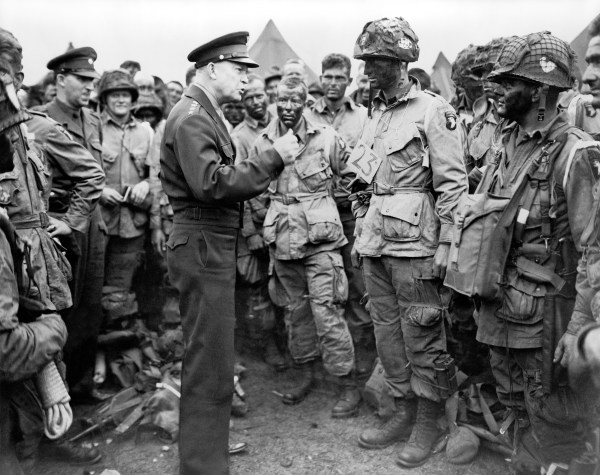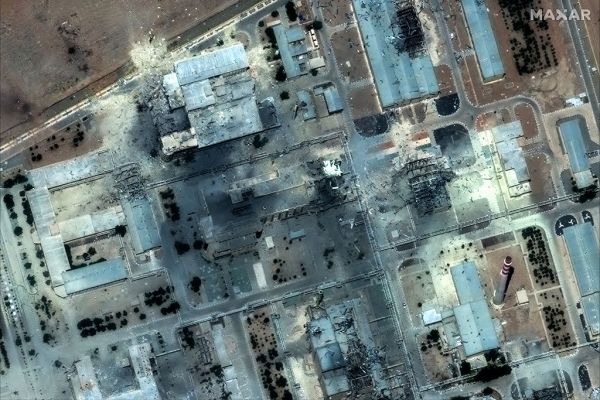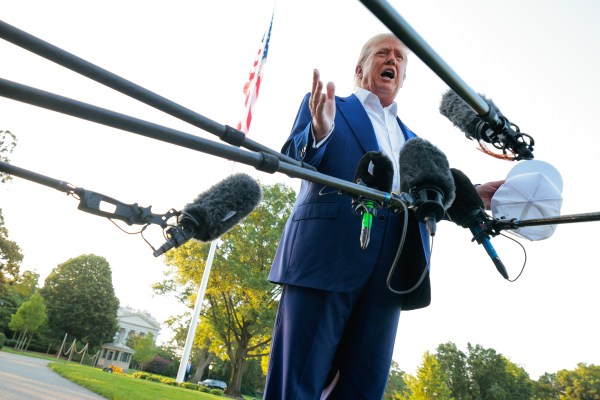It signals a certain ambition when an author begins a novel by alluding to one of the most famous opening sentences in all of literature, the first line of Kafka’s Metamorphosis: “When Gregor Samsa woke one morning from troubled dreams, he found himself transformed right there in his bed into some sort of monstrous insect.” Mohsin Hamid is thus setting himself a high bar when he opens his most recent novel, The Last White Man, with a clear echo of Samsa’s fate: “One morning Anders, a white man, woke up to find he had turned a deep and undeniable brown.”
Anders is not the only person undergoing such a transformation. Rumors begin to emerge of other people suddenly turning dark-skinned as well. Soon there is no doubt: ever more people are waking up with a different skin color. Eventually there are almost no white people remaining, until finally, when Anders’s own father dies, we learn that he was the “last white man” of the book’s title. Whiteness has become a thing of the past.
A novel could hardly have been better timed than this one. Ironically, Hamid began thinking about the book some time ago, as he reflected on his own racial identity in the wake of the September 11 terrorist attacks. But after two years of pandemic and racial debate, The Last White Man serendipitously taps into the hottest topics of our current collective psyche. As racial transformations multiply, Hamid writes, some people tried to escape, “to find places unaffected, convinced the calamity was infectious.” But most could not simply leave, “so the general buzz was about progress towards discovering a way to undo the horror, but for every story of a miracle drug or concoction that made you white again, there were three or four of someone who had grown terribly sick from imbibing it, or had even died.” Hard not to hear echoes in that of debates over various quack treatments for coronavirus.
Race, however, is at the heart of the novel, which raises a number of important questions. To what extent do others see us in terms of our race? When Anders’s girlfriend Oona comes to visit him after his transformation, “it was as if she was seeing him for the first time, an unknown person, and she had to will herself to see Anders in him.” By the same token, to what extent do we understand ourselves in terms of our race? As Anders says to Oona in a later conversation, “he was not sure he was the same person, he had begun by feeling that under the surface it was still him, who else could it be, but it was not that simple, and the way people act around you, it changes what you are, who you are.” After his transformation, Anders unsurprisingly becomes aware of racial difference in new ways; for example, he for the first time begins to pay attention to the black custodian at the gym where he works, wondering why he has taken little notice of him in the past, and whether he himself is now invisible in similar ways.
The pandemic of racial transformation also has social consequences. Oona’s mother watches the news and follows right-wing online sources, certain that this is a conspiracy by “them” to destroy “us.” Volunteer militias form in order to track down those whose race has changed and to drive them away, or worse. Anders himself, having been warned to leave, goes into hiding at his father’s home. Isolated violent incidents give way to rioting, which peters out only as its futility gradually becomes clear, because “life in town was going back to normal, or if not going back to normal, at least stopping becoming increasingly abnormal, with more people changing, so many it was almost to be expected when the next one did, it was commonplace.”
Despite the timeliness of these issues, however, The Last White Man does not quite live up to its promise. Repeatedly, Hamid prompts us to reflect upon challenging questions of identity: Is Anders still the same person after his transformation? Even if few people, including former acquaintances, recognize him any longer? Is Oona still in love with the same man? When characters feel regret over their lost whiteness, should we sympathize with them or think them narrow-minded? Do the transformations signal an overturning of the established racial order, a cosmopolitan humanism that values a core humanity beyond race, or the abolition of race altogether?
Hamid skirts lightly over all such questions. He lets them surface briefly before sweeping the reader along in a rush of paragraph-long, run-on sentences that make up much of the breathless text. These allow the reader to share in the characters’ disorientation, but not to pause for thought. Not even Anders and Oona (who also changes color later in the novel) reflect very deeply upon their situation. The book ends with a six-page chapter spanning fifteen years, from the end of the pandemic, through the marriage of Anders and Oona, to the birth of their daughter, who is a teenager on the novel’s last page, when Anders “placed his brown hand on the side of her brown face, soothing her, his brown daughter, his daughter.” One may welcome this comforting conclusion and the prospect of racial tension’s disappearance. But one cannot help feeling that it has all been a bit too easy.
What Hamid captures best are the intergenerational relationships between Anders and his father and Oona and her mother. The latter struggles against Oona’s relationship with this now-brown man, finally accepting it only after her own transformation and, more importantly, when confronted by her new granddaughter. More richly drawn is Anders’s tense relationship with his distant but loyal father, who with some difficulty accepts his son’s transformation and feels a duty to protect him, even as he himself is slowly dying and in visibly increasing pain. The gradual rapprochement between the two after years of partial estrangement is the novel’s most moving aspect.
In the end, The Last White Man is a good book that should have been better. An enjoyable read, it raises questions like a reasonably bright undergraduate who is just clever enough to see what the problems are but not finally to say much about them. It is more a reflection of our debates over race than an important contribution to them.






Please note that we at The Dispatch hold ourselves, our work, and our commenters to a higher standard than other places on the internet. We welcome comments that foster genuine debate or discussion—including comments critical of us or our work—but responses that include ad hominem attacks on fellow Dispatch members or are intended to stoke fear and anger may be moderated.
With your membership, you only have the ability to comment on The Morning Dispatch articles. Consider upgrading to join the conversation everywhere.